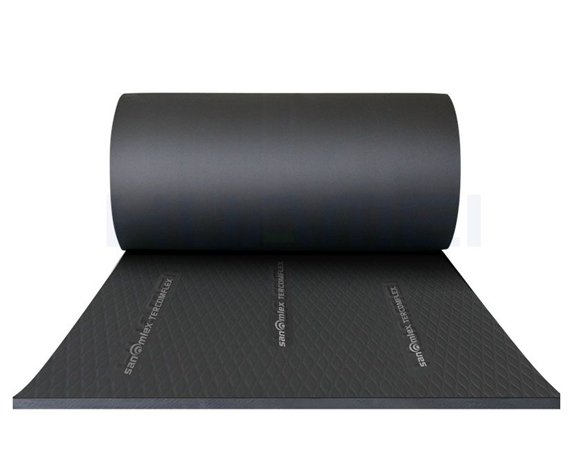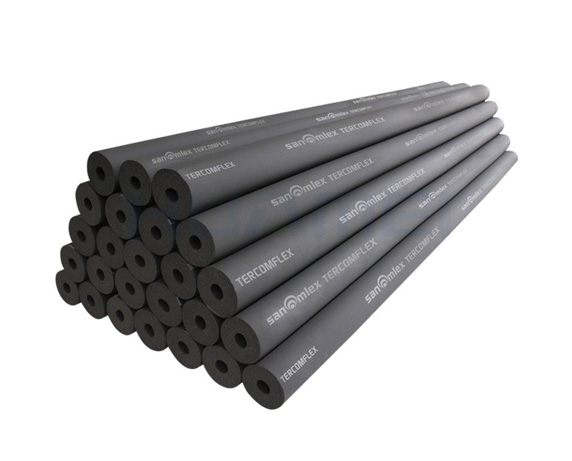Both neoprene and EPDM are materials used in the manufacture of conveyor belt systems. While neoprene is most commonly used in the industry, many companies are turning to EPDM because using it overcomes many of the challenges associated with using neoprene.
What is neoprene?
Neoprene is made through the polymerization of chlorine. Characterised by its chemical stability, flexibility over a wide range of temperatures and resistance to degradation, the material was originally intended as a petroleum-based alternative to natural rubber.
Its durability and flexibility make neoprene suitable for a wide range of everyday products - such as sports and medical equipment, technical coverings and sleeves, diving suits and safety gloves - as well as for a variety of outdoor applications - including as hoses, gaskets, seals, and gaskets. -including as hoses, gaskets, seals, coatings and linings.
Huamei EPDM rubber foams include semi-closed cell supersoft and supersoft foams; closed cell foams and custom foam blends. We can also produce material in a variety of formats such as full rolls, sheets, strip cut lengths and custom gaskets.
Benefits of neoprene
The properties of neoprene make it the material of choice for applications requiring
Chemical stability
Flexibility over a range of temperatures
Excellent abrasion resistance
Resistance to weathering degradation
Moderate resistance to certain chemicals, acids, greases, fats and oils
Huamei EPDM rubber foam is a high-quality closed-cell material commonly used to create air and water-tight seals.
What is EPDM?
EPDM (or ethylene propylene diene monomer) is a variety of synthetic rubbers that offer excellent durability, as well as other properties typically associated with more popular elastomers. Some of its other properties include tear resistance, high tensile strength and compression deformation.
Many industries rely on EPDM to keep work processes safe and ensure the delivery of quality products and services, including
HVAC
Panel gaskets
Pressure switch tubes
Automotive
Weatherstripping
Hydraulic brake systems
Wire and cable harnesses
Industrial
Belts, Ropes and Tubes
Toxic stinger covers
Electrical insulation
Water supply systems, O-rings and hoses
Benefits of EPDM
The benefits of EPDM over other elastomer options are extensive and include
Temperature resistance from -60 to 350 °F
From up to 600% elongation
Recovery
Ability to withstand a wider temperature range than neoprene
Resistance to heat, water, coolants, steam, ozone and sunlight
Resistant to polar materials such as phosphate esters, alcohols and many ketones
Conclusion
While neoprene and EPDM each have their advantages, at Huamei we believe the best of both worlds is obvious. As our standard manufacturing material, EPDM offers consumers greater durability and flexibility, and is suitable for a wider range of applications than its alternatives.
Huamei is a manufacturer of EPDM rubber foam with low price and high quality, which can play the role of insulation, sealing, heat insulation, sound insulation, weather resistance, etc. for your outdoor work. It has excellent weather resistance to ultraviolet rays and ozone. More about EPDM rubber foam. For more information, check out our page in the drop-down menu. We're happy to answer any questions or discuss your application's specifications. If you are interested in utilising the benefits of EPDM in your application, please contact us today or request a quote.


评论
发表评论